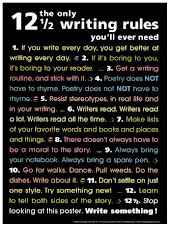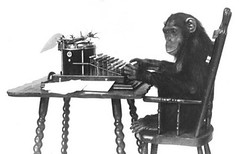SACRAMENTO, Calif. - An old newspaper writer's trick is to start to write a story - leaving blanks where information is missing - and then going back to fill in what's needed.
In magazine writing, it's a little harder, because the writing (and stories) can be more complicated, but the theory is the same: If you start to write the story and hit a wall, at least you know where the walls are. They could be informational, quotes needed, or simple understanding on the part of the writer about what-in-the-hell they are trying to write.
Here's a quick example of something I will have to write Friday morning, that I could use as a prewriting:
-----------------------------------------------------------
SACRAMENTO, Calif. - A roomful of critics of Governor Arnold Schwarzenegger's (R) health insurance plan slammed the details of his proposal at a four-hour state Senate Committee hearing Thursday, Feb. 15, the first public airing of the proposals outside of a press conference.
"QUOTE FROM CRITIC HERE...."
The proposal, first unveiled XXXXX by the governor says that all California residents should have health insurance and mandates them to get it.
"QUOTE FORM THE GOVERNOR'S EARLIER SPEECH"
The proposal includes requirements that XXXX.
FOLLOW WITH QUOTES FROM CALIF. NURSING ASSOCIATION AND DEMOCRATS.
-------------------------
This kind of prewriting provides at least a template for the story.
In a magazine piece, writing the first four or five paragraphs does the same thing, giving the article some focus. And perhaps more important, it forces the writer to really think about the story and how to make it interesting.
It's better than staring at a keyboard and monitor.
Wednesday, February 14, 2007
Subscribe to:
Comments (Atom)














